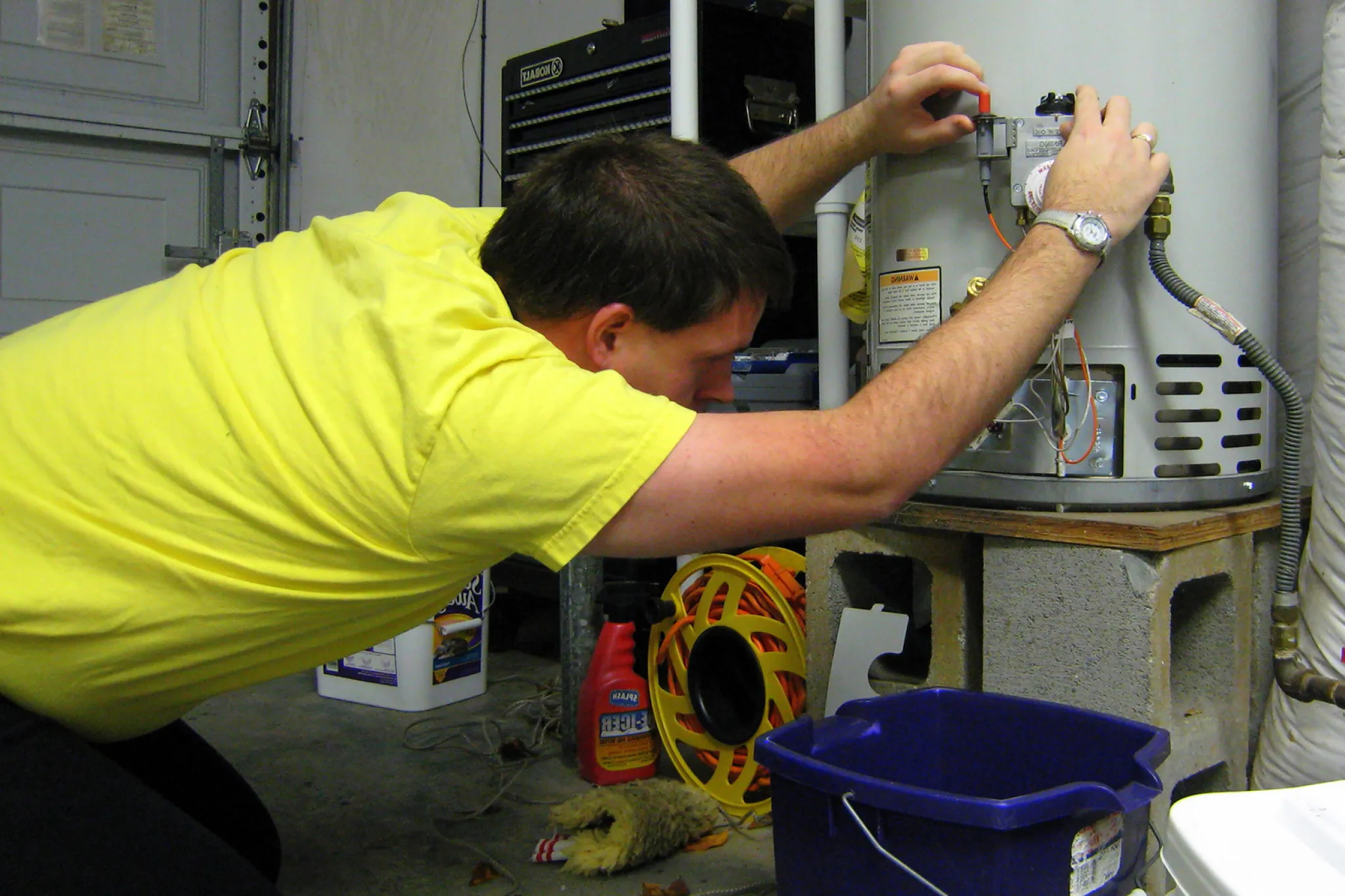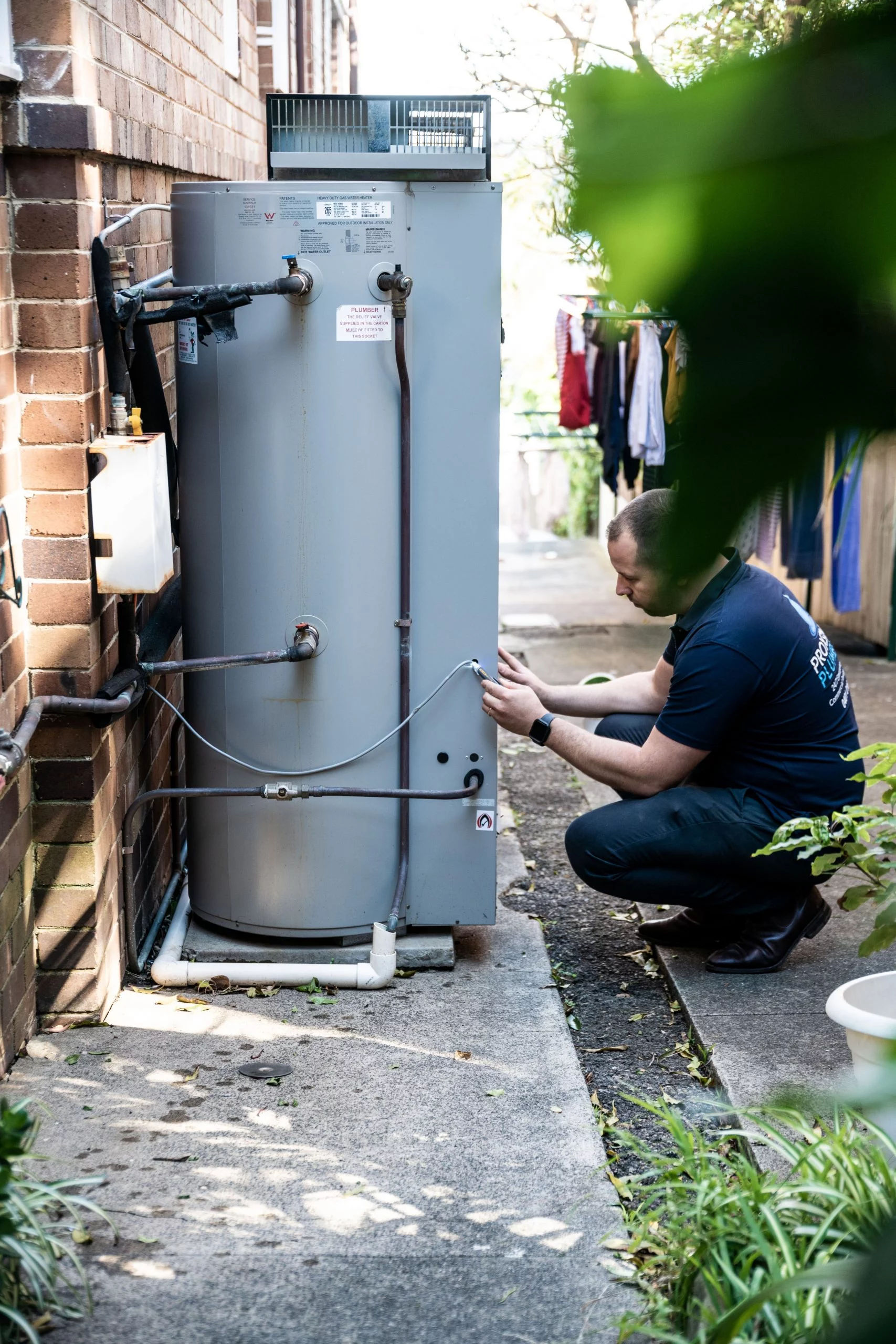Expert Guidance on Caring for Your Home's Hot Water System
Expert Guidance on Caring for Your Home's Hot Water System
Blog Article
What're your opinions concerning Tips For Maintaining Your Hot Water Heater?

Hot water is necessary for day-to-day comfort, whether it's for a rejuvenating shower or washing meals. To guarantee your warm water system runs efficiently and lasts much longer, regular upkeep is crucial. This short article supplies useful tips and insights on just how to preserve your home's warm water system to stay clear of interruptions and costly fixings.
Intro
Keeping your home's warm water system might seem daunting, but with a couple of simple steps, you can guarantee it runs smoothly for several years to come. This overview covers whatever from comprehending your hot water system to DIY maintenance suggestions and knowing when to contact specialist assistance.
Value of Preserving Your Warm Water System
Routine upkeep not just extends the life expectancy of your warm water system but also ensures it runs effectively. Ignoring maintenance can lead to reduced effectiveness, higher power expenses, and also early failing of the system.
Indications Your Hot Water System Needs Upkeep
Recognizing when your hot water system requires attention can prevent major problems. Keep an eye out for indications such as irregular water temperature level, strange sounds from the heating unit, or corroded water.
Understanding Your Hot Water System
Before diving right into upkeep jobs, it's helpful to understand the fundamental elements of your hot water system. Commonly, this includes the water heater itself, pipes, anode poles, and temperature level controls.
Monthly Upkeep Tasks
Routine month-to-month checks can help capture minor problems before they intensify.
Purging the Water Heater
Purging your water heater removes debris build-up, boosting effectiveness and extending its life.
Checking and Replacing Anode Rods
Anode poles stop corrosion inside the tank. Inspecting and changing them when broken is critical.
Checking and Adjusting Temperature Level Setups
Adjusting the temperature level setups makes certain ideal performance and safety and security.
DIY Tips for Upkeep
You can carry out numerous maintenance tasks on your own to maintain your hot water system in top condition.
Checking for Leaks
Routinely check pipes and connections for leakages, as these can bring about water damages and greater expenses.
Examining Stress Alleviation Valves
Examining the pressure relief valve guarantees it functions appropriately and avoids too much stress buildup.
Insulating Pipelines
Insulating warm water pipes reduces heat loss and can save power.
When to Call an Expert
While do it yourself maintenance is useful, some problems need professional know-how.
Complicated Issues Calling For Professional Help
Instances consist of significant leakages, electrical issues, or if your water heater is regularly underperforming.
Routine Expert Upkeep Conveniences
Expert upkeep can consist of thorough assessments, tune-ups, and making sure compliance with safety standards.
Conclusion
Routine maintenance of your home's hot water system is vital for efficiency, longevity, and price financial savings. By complying with these suggestions and understanding when to seek professional aid, you can make certain a reliable supply of hot water without unanticipated interruptions.
How to Maintain an Instant Hot Water Heater
Before tinkering with your hot water heater, make sure that it’s not powered on. You also have to turn off the main circuit breaker and shut off the main gas line to prevent accidents. Also turn off the water valves connected to your unit to prevent water from flowing into and out of the appliance. 2. When you’re done, you have to detach the purge valves’ caps. These look like the letter “T†and are situated on either side of the water valves. Doing so will release any pressure that has accumulated inside the valves while at the same time avoid hot water from shooting out and burning your skin. 3. When the purge valves’ caps are removed, you have to connect your hosing lines to the valves. Your unit should have come with three hoses but if it didn’t, you can purchase these things from any hardware or home repair shops. You can also get them from retail stores that sell water heating systems. Read the user’s manual and follow it to complete this task properly. When the hosing lines are connected, open the purge port’s valves. 4. You should never use harsh chemical cleaners or solutions when cleaning your unit. Make use of white vinegar instead. It should be undiluted and you’ll probably use about 2 gallons. 5. Now flush your water heater. This task should probably take about 40 minutes. We can’t give you specific directions for this because the procedure is carried out depending on the type, model and brand of your heater. With that being said, refer to the user’s manual. 6. When you’re done draining the unit, you have to turn off the purge port valves again. Remove the hosing lines that you earlier installed on each of the water valves. Put the valve caps (purge port) back in their respective places and be very careful so as not to damage the rubber discs that are found inside these caps. 7. Now that everything’s back in place, check your user’s manual again to find out how to reactivate your water heating system. 8. Once it is working, turn one of your hot water faucets on just to let air pass through the heater’s water supply pipes. Leave the tap on until water flows smoothly out of it. https://www.orrplumbing.com/blog/2014/september/how-to-maintain-an-instant-hot-water-heater/

Do you like reading about Water Heater Maintenance Tips You Can't Afford to Forget? Place feedback further down. We would be glad to listen to your reactions about this blog post. We hope to see you back again before long. For those who enjoyed our blog posting if you please be sure to share it. Thanks for your time invested reading it.
Get Quote Report this page